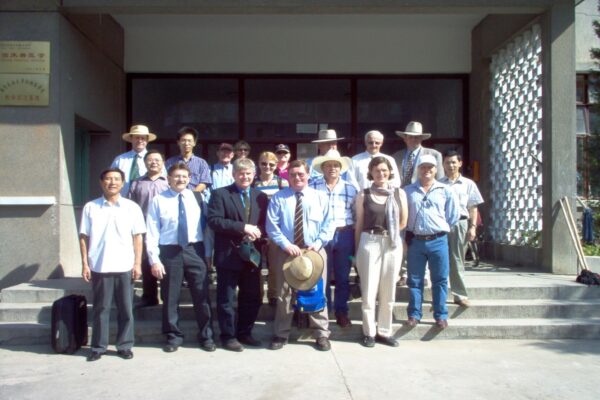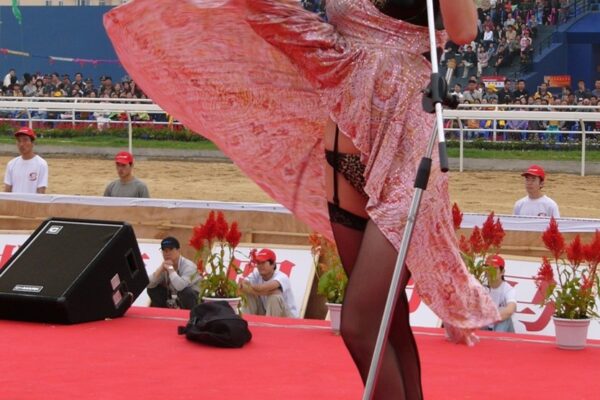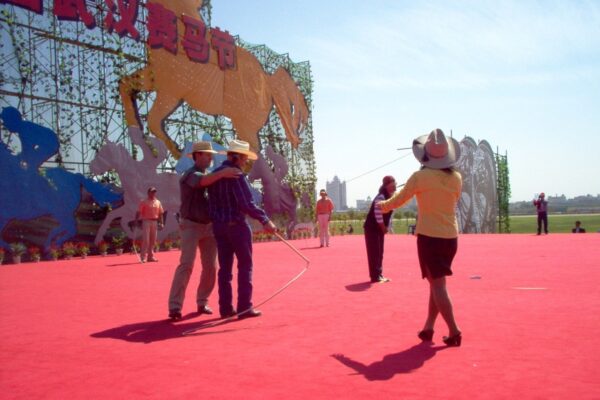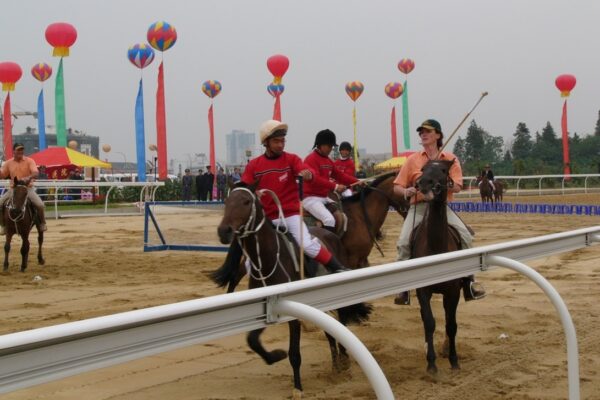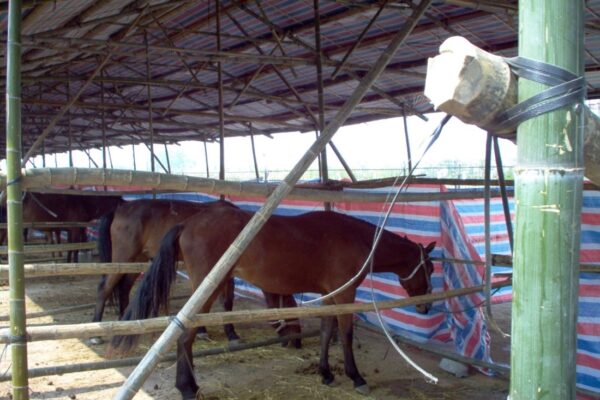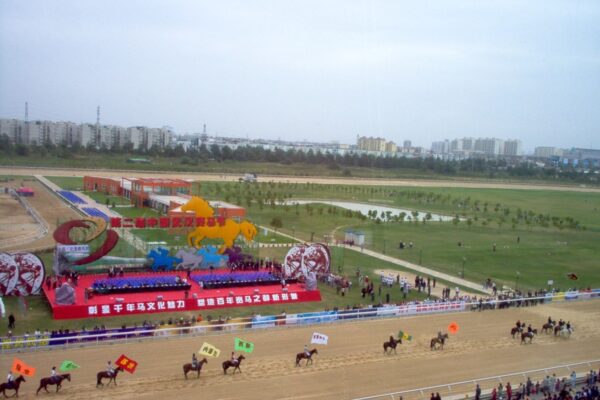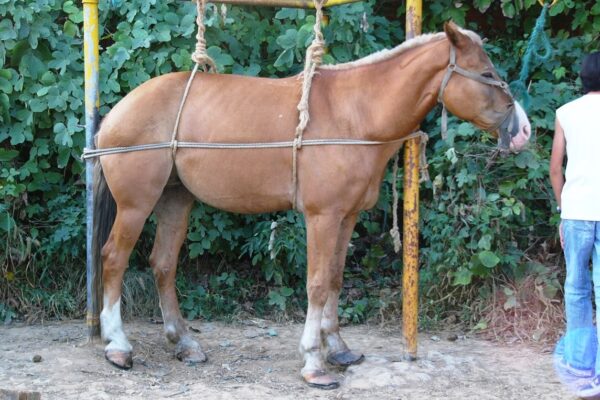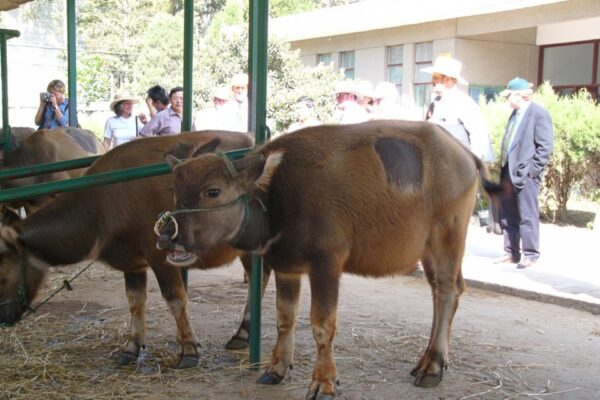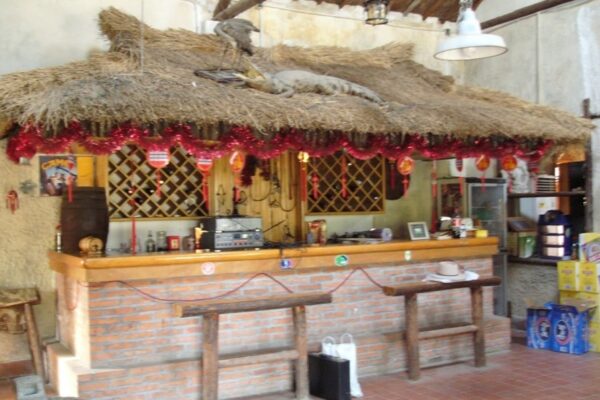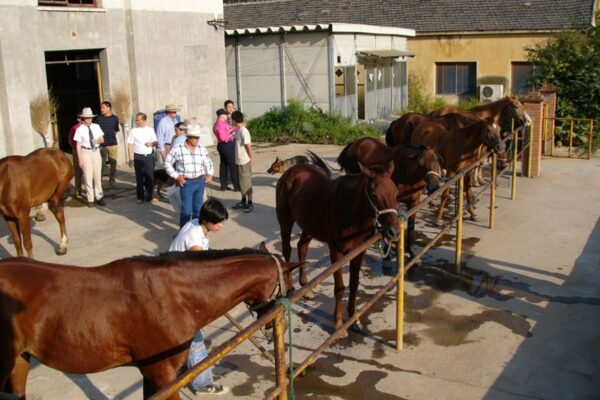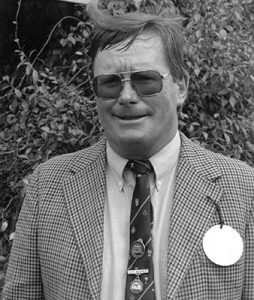
Author & Veterinarian Bill Howey
After writing about local social history for almost three decades I decided to re-join the 21st century.
Rural Australia continues to evolve in so many interesting ways. My inaugural employer in Scone in 1967, the late Murray Bain, very firmly stated the age of fast transport came too early for Australia’s viable expansion. Similarly cataclysmic events such as World War I and also WWII decimated generations of largely youthful male populations in hamlets, villages and small towns throughout the Commonwealth. Many of those who returned were not so well equipped to succeed as beforehand. It was almost as if morbidity exceeded mortality? With the young men dispersed the young women followed. Migrating in the opposite direction were the young professionals from cities and larger towns. Foremost among these were the lawyers (magistrates), teachers, doctors, bankers and accountants; ostensibly in that order. Perhaps even more important were the displaced expatriate migrants from middle and eastern Europe plus the Mediterranean. Entrepreneurial Greek cafe proprietors were the principal pioneers. The veterinary profession arrived much later.
It was not until 1950 that a permanent veterinary presence was established in Scone. Country vets were few and far between and very widely dispersed. Traveling West there was a single person practice in Dubbo (Vic Cole). To the north Bill Lockerbie was on his own in Tamworth with Phil Knight in Gunnedah. With a then thriving dairy industry in the Hunter Valley a large ‘combination’ practice was established between Maitland, Singleton and Muswellbrook. George Derricott was on his own in Cessnock. Since 1950 the veterinary profession has grown exponentially in and around Scone; possibly outnumbered only by teachers? The reason behind this expansion is/was the new technology which emerged to support the burgeoning thoroughbred breeding industry.
Qualified professionals bring with them ‘unique’ education and innovative experience from far flung locations. In the case of the veterinary profession this effect has been global; further richly enhanced by the ‘shuttle’ veterinary system between the two hemispheres. This was first pioneered in Scone. Other than veterinary skills what else does this cadre bring? I firmly believe we have a bounden duty and absolute obligation to contribute in a much broader sense to the societies we join. I have written quite a lot about the Scone district and the Upper Hunter in general. As much as anything I tried to capture for posterity the prevailing social infrastructure as well as the veterinary flavoured memoir. The egress of what has become the colossus now known as Scone Equine Hospital or Scone Equine Group has been inexorable. It is one of the largest businesses in the Upper Hunter Shire and central township of Scone. It imports vast quantities of foreign capital every year. Not everyone approves. The behemoth has attracted significant sometimes vindictive criticism from both local industry and fellow veterinarians. See: http://www.sconeequinehospital.com.au/
Scone Equine Group (SEG) is Australia’s largest provider of equine veterinary services with expertise in all areas of horse care across its specialist subsidiary practices. Located in the heart of Australia’s thoroughbred breeding country and across four key horse regions in NSW and Victoria, SEG delivers excellence in equine veterinary health through Scone Equine Hospital, Tamworth Equine Veterinary Centre, Avenel Equine Hospital and the Equine Podiatry and Lameness Centre Muswellbrook. SEG equine veterinarians are recognised around the world for their knowledge and specialist skills across the full spectrum of equine practice.
I also include many select vignettes about the fascinating characters we work with in close association. Books in small numbers are relatively expensive and difficult to market. The age of information technology has engulfed us all. It seemed much simpler and fiscally advantageous to put it all on line. This website is the answer. I hope and trust it successfully endures?
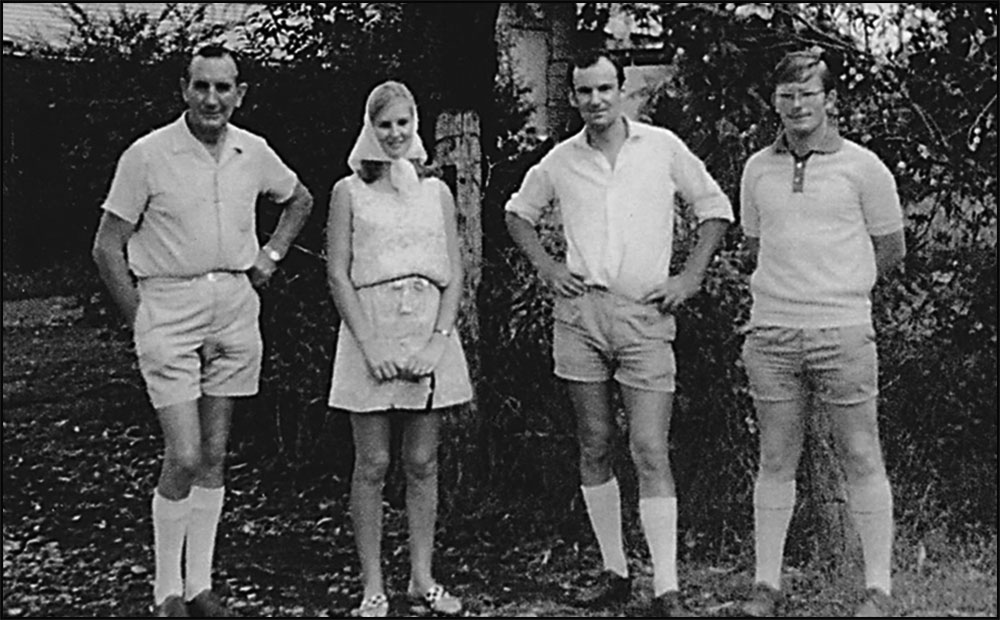
Bain & Associates at ‘Chivers’ Scone Christmas 1968.
L-R: Murray Bain, Sue Greenwood, Richard Greenwood and Bill Howey
This was essentially the conceptus of what ultimately became Scone Equine Hospital. Bill and Richard were ten-pound poms. Murray Bain passed away in 1974. Richard returned to the UK for a stellar career in Newmarket, Suffolk, England. Sue adds both beauty and cachet to the ‘beasts’. The author prevails!
W.P. H., August 2017
‘Blog’
Since I wrote this (!) I’ve added a ‘Blog’. I invite you to visit it at the bottom left hand corner of the front page on this website. It’s quite typically manic; and erratic. I’ve tried to document a number of premises; social history of Scone, the progressive introduction of horses since early settlement, evolution of the thoroughbred industry and even some more veterinary related content. Like I said it’s erratic. I’ve adopted the principle of ‘a picture tells a thousand words’. There are featured images attached to most posts. Fortunately I’m restricted to one image per post! You might find something of interest?
There are any number of components to writing anything. First of all formulate a plan. It might be chronological; or not. Among the constituent elements are compilation, composition, collation, correlation, construction; and ‘cheating’. I’m more adept at some than others but refuse to divulge which! I ‘borrow’ a bit: plunder, plagiarize, pilfer and purloin where possible. It’s all in the script!
‘Heterodox’ Howey
